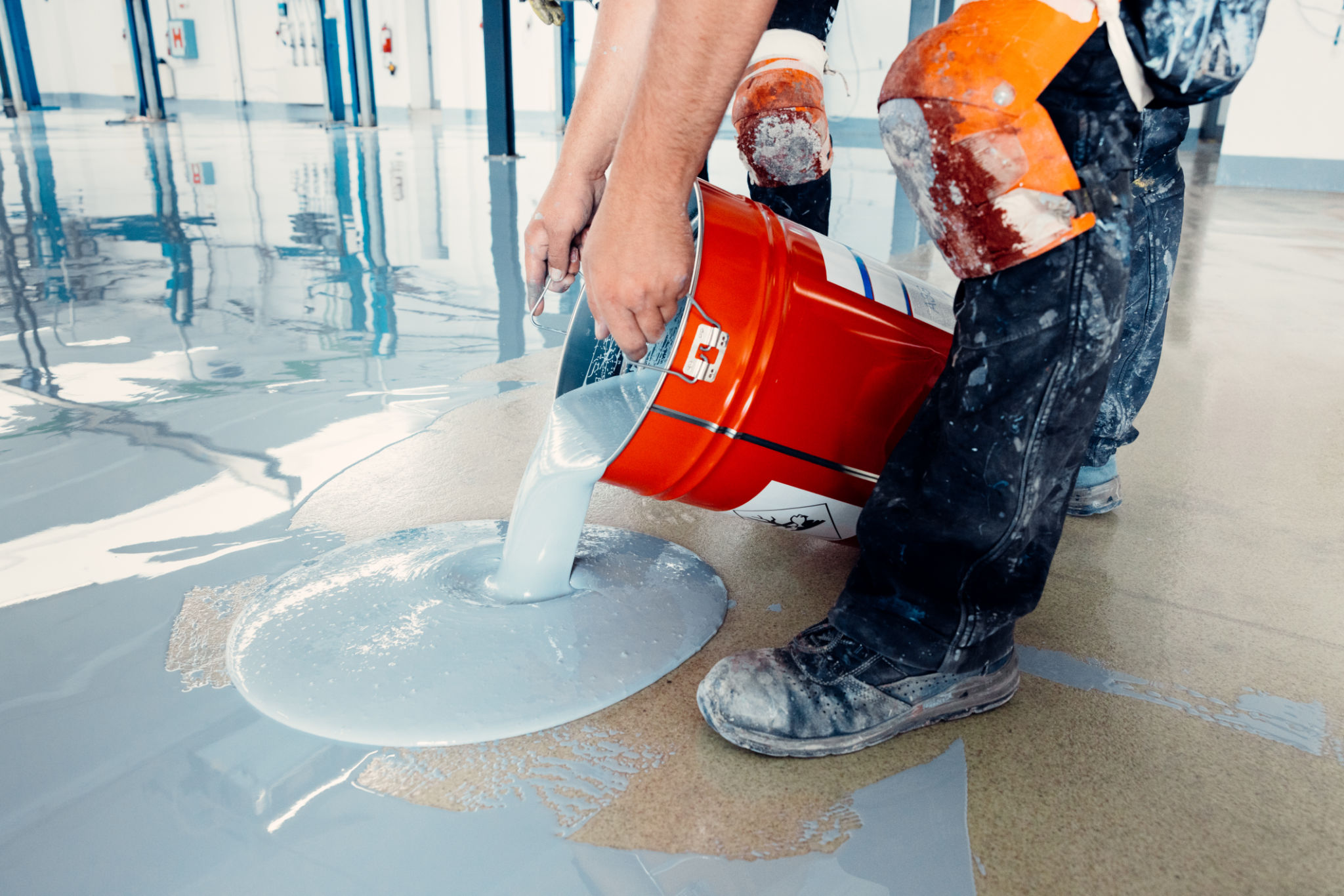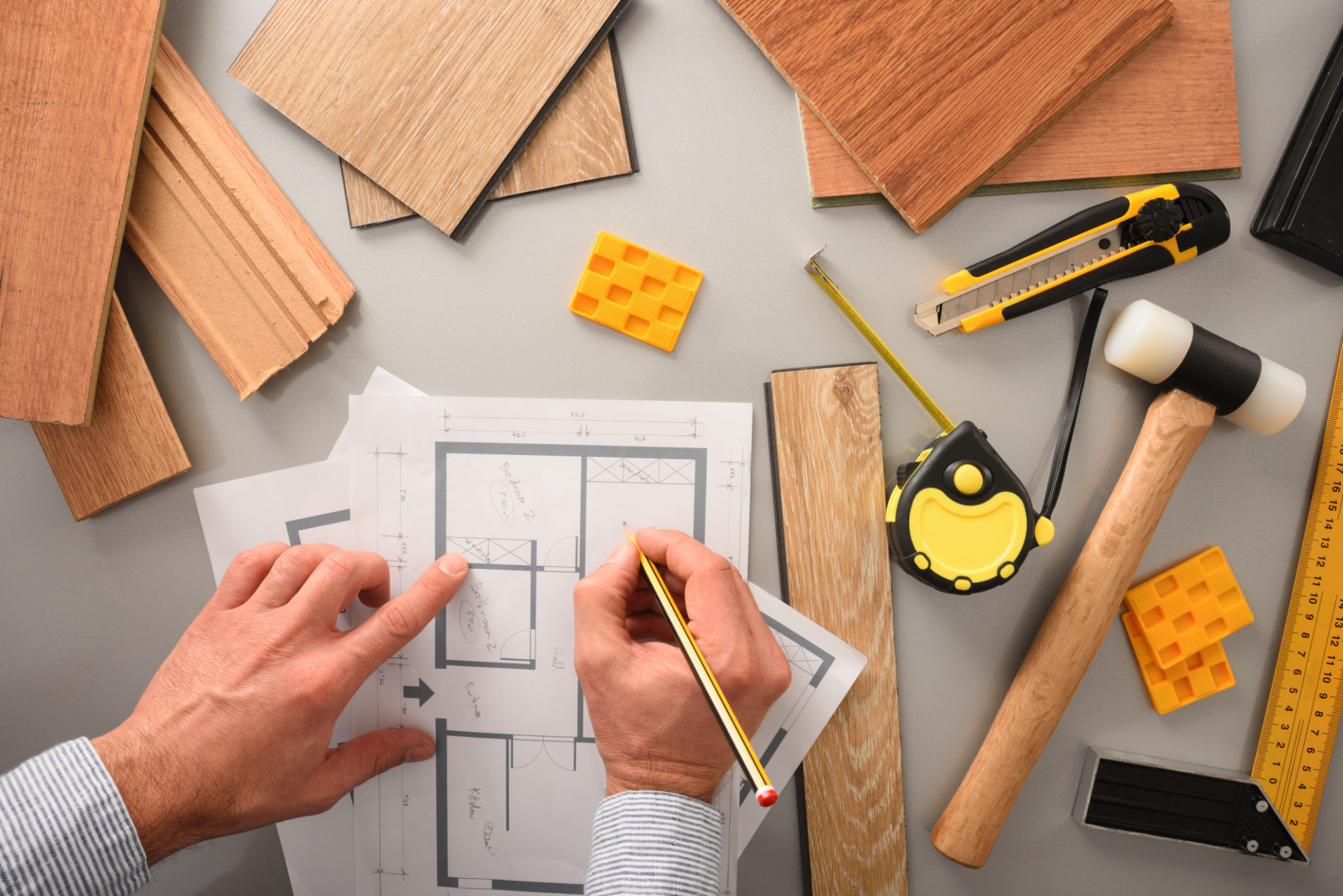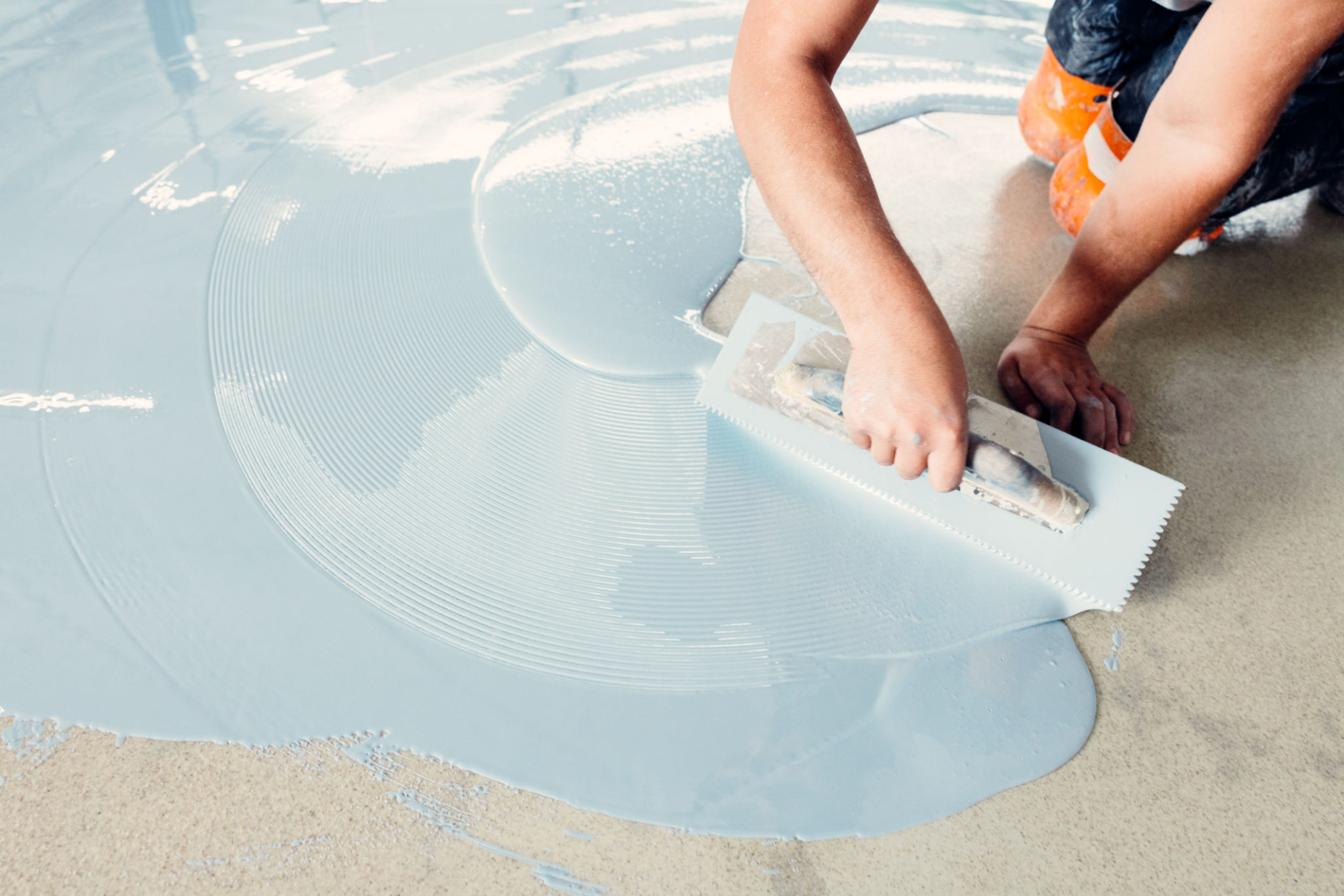The Comprehensive Guide to Epoxy Floor Coating: Everything You Need to Know
Epoxy floor coatings have become a popular choice for both residential and commercial spaces due to their durability, aesthetic appeal, and ease of maintenance. Whether you're considering a floor upgrade for your garage, basement, or commercial setting, understanding the nuances of epoxy flooring can help you make an informed decision. This guide covers everything you need to know about epoxy floor coatings.
What is Epoxy Floor Coating?
Epoxy floor coating is a mixture of resins and hardeners applied over concrete floors to create a smooth, durable, and visually appealing surface. When the components are mixed, they form a chemical reaction that results in a rigid plastic material resistant to degradation. This coating is known for its excellent adhesion, making it an ideal choice for high-traffic areas.

Benefits of Epoxy Floor Coating
There are several advantages to choosing epoxy floor coatings. First and foremost, durability is a significant factor. Epoxy floors can withstand heavy foot traffic, machinery, and even chemical spills without showing signs of wear and tear. Additionally, they are highly resistant to moisture, making them suitable for areas prone to dampness.
Apart from functionality, epoxy coatings offer aesthetic benefits. Available in a variety of colors and finishes, including metallic and marbled effects, these coatings can be customized to fit any design preference. This versatility allows for creative expression in both residential and commercial settings.

Types of Epoxy Coatings
There are several types of epoxy coatings to choose from, each with its specific use case:
- Self-Leveling Epoxy: Ideal for applying over existing concrete floors to create a seamless surface.
- Mortar Epoxy: The strongest of all epoxy floors, used in industrial settings for its durability.
- Graveled Epoxy: Offers decorative options with its colorful flakes and patterns.
- Anti-Static Epoxy: Designed for environments where static-sensitive electronic components are used.
Installation Process
The installation of epoxy flooring requires careful preparation to ensure longevity. The process typically involves cleaning and repairing the concrete surface, followed by the application of a primer. Once the primer is dried, the epoxy mixture is applied in layers. It's crucial to allow each layer to cure properly before adding the next, ensuring a strong bond between layers.

Maintenance and Longevity
One of the standout features of epoxy floors is their low maintenance requirements. Regular sweeping and occasional mopping with a mild detergent are usually sufficient to keep the floors looking new. Avoid using harsh chemicals or abrasive cleaning tools that could damage the surface.
With proper care, epoxy floors can last anywhere from 5 to 10 years or longer in residential settings. In commercial or industrial environments, where wear and tear are more significant, the lifespan may vary based on usage and maintenance practices.

Cost Considerations
The cost of epoxy floor installation can vary based on several factors such as the type of epoxy used, the area size, and any additional design elements. While it may seem like a significant upfront investment, the longevity and minimal maintenance costs often make it a cost-effective choice in the long run.
In conclusion, epoxy floor coatings offer a combination of durability, aesthetics, and practicality that is hard to beat. By understanding the benefits and installation process, you can make an informed decision that will enhance your space's value and appeal for years to come.